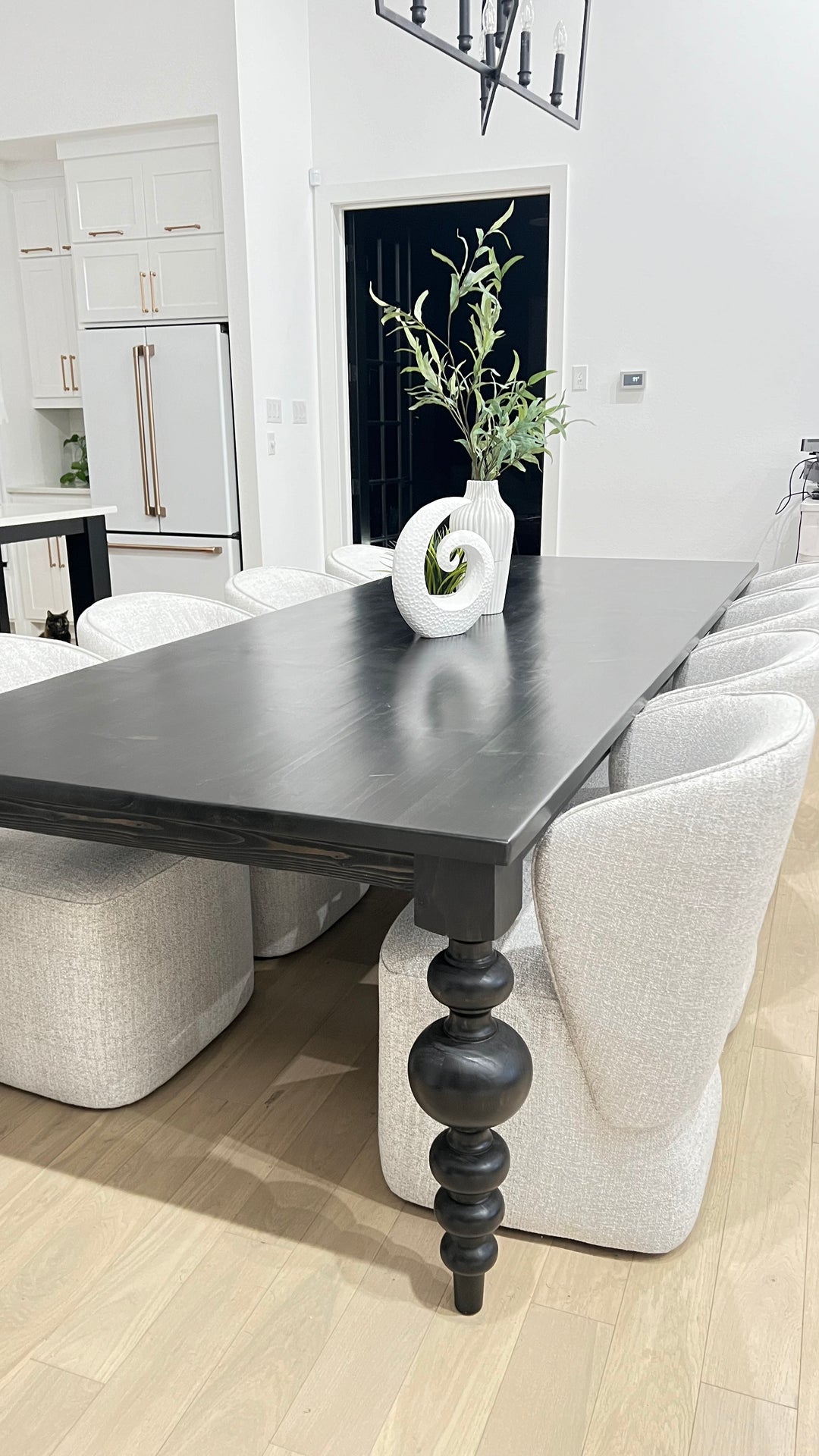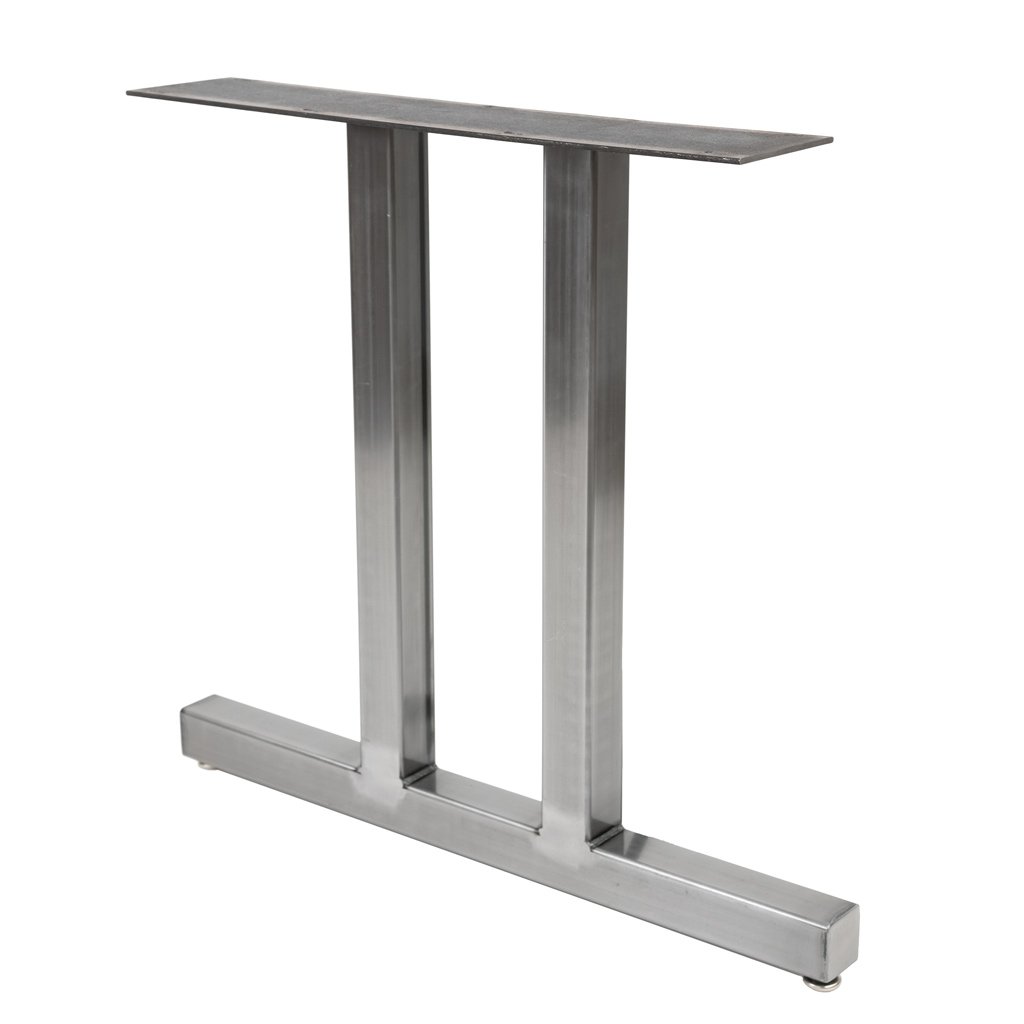Find the Ideal Dining Room Table Legs for Any Interior Design Style
Find the Ideal Dining Room Table Legs for Any Interior Design Style
Blog Article
From Conventional to Modern: Locate the Ideal Dining-room Table Legs for Your Style
While traditional styles such as cabriole and turned legs stimulate a feeling of classic class, modern styles like barrette and geometric options offer a possibility for striking visual interest. As you think about these aspects, the concern stays: how can you perfectly integrate these varied leg designs to create an unified eating experience?
Recognizing Table Leg Styles
The selection of dining room table leg styles can significantly influence both the visual appeals and performance of the area. Each leg style adds special visual components and functional functions, catering to varied style preferences and use demands. Understanding these designs is important for picking the ideal table that lines up with your overall indoor style vision.
For instance, conical legs use a tidy, traditional look that can boost a space's style, while pedestal bases provide security and optimize legroom, making them optimal for smaller spaces. Barrette legs, a hallmark of mid-century contemporary layout, introduce a commercial panache, enabling an airy, open feeling. Similarly, trestle legs stimulate rustic beauty, giving durable assistance and a feeling of timelessness.
Furthermore, the option of materials plays a significant role. Wooden legs can bring heat and appearance, whereas steel options usually convey a streamlined, contemporary ambiance. Inevitably, comprehending table leg styles is important for creating a cohesive eating area that reflects individual design while ensuring functionality and convenience. By attentively considering these elements, you can improve both the aesthetic and functional allure of your eating area.
Typical Table Leg Options
When picking eating room table legs, conventional choices commonly embody classic beauty and craftsmanship. These styles show a rich heritage and a dedication to high quality, making them suitable for those that appreciate timeless looks.
Among one of the most legendary conventional leg designs is the cabriole leg, identified by its graceful curved shape. This design often includes ornamental carvings and is most commonly found in Queen Anne and Chippendale furnishings. An additional popular alternative is the turned leg, which boasts a collection of smooth, rounded forms that supply a traditional look while keeping stability.
Furthermore, the straight leg, while straightforward, supplies a sturdy and basic structure that can mix effortlessly with a range of tabletop styles. For those attracted to ornate describing, claw-and-ball feet legs evoke a sense of majesty and can function as a sensational prime focus in any eating space.
Last but not least, stand bases, although not strictly legs, provide a different standard option that allows for adequate legroom and can be beautifully carved. Each of these typical leg styles adds to the general ambiance of a dining-room, weding function with visual appeal.

Modern Table Leg Designs
Modern table leg designs supply a varied variety of styles that emphasize innovative products and clean lines. These layouts often focus on functionality while working as striking centerpieces within an eating area. Minimalist appearances prevail, with legs crafted from materials such as steel, directory glass, and crafted wood, which add to a contemporary and ventilated feeling.
One preferred design is the barrette leg, defined by its slim, tapered structure that supplies security without overwhelming the table top (dining room table legs). This style is commonly discovered in mid-century modern furnishings and can easily complement various eating table shapes. An additional pattern is making use of geometric forms, where legs may tackle angular or asymmetrical types, adding aesthetic interest and a touch of artistry

Blending Styles for One-of-a-kind Areas
Frequently, property owners look for to create special eating rooms that mirror their personal design by blending numerous style aspects. This technique permits the unification of diverse visual appeals, causing a harmonious yet distinctive environment. Coupling a rustic wooden table with streamlined, modern steel legs can create a captivating comparison that elevates the area's overall charm.
In addition, integrating vintage table legs with modern table tops can stimulate a sense of background while maintaining a contemporary perceptiveness. Such combinations not only display specific taste however additionally encourage imagination, enabling homeowners to curate a space that really feels both individual and inviting.
Color plays a critical function in this blending process; choosing table legs that enhance or comparison with the existing color design can boost visual interest. Whitewashed legs can soften the boldness of a dark table surface, producing useful content a well balanced visual.
Tips for Picking the Right Legs
Picking the right table legs is crucial for achieving both performance and visual allure in your eating room. Begin by taking into consideration the overall design of your space. Traditional settings gain from legs that include complex carvings or transformed styles, while modern areas may call for smooth, minimal styles.
Following, assess the elevation and stability of the legs. dining room table legs. Typical dining tables vary between 28 to 30 inches in go height, so ensure the legs complement this measurement for comfort. Furthermore, durable products, such as hardwood or steel, can enhance security and durability
Review the leg form too-- alternatives consist of straight, tapered, or pedestal layouts. Straight legs provide a timeless appearance, while tapered legs can add a touch of beauty. Pedestal bases offer adequate legroom and are ideal for smaller sized rooms.
Verdict
In summary, picking the ideal dining space table legs requires cautious factor to consider of both modern and traditional designs. Standard choices such as cabriole and turned legs supply classic beauty, while modern layouts like barrette and geometric shapes provide a contemporary touch. By integrating leg design, height, and product with the general design, a cohesive and welcoming environment can be achieved. Inevitably, the selected table legs should mirror the preferred aesthetic, boosting the dining experience within the room.
The variety of eating room table leg styles can considerably influence both the aesthetics and performance of the room. Eventually, recognizing table leg styles is essential for producing a cohesive dining location that shows personal design while ensuring usefulness and comfort.One of the most famous typical leg styles is the cabriole leg, identified by its stylish curved shape. Straight legs use a classic look, while conical legs can include a touch of elegance.In summary, choosing the suitable dining room table legs calls for cautious consideration of both typical and contemporary designs.
Report this page